Background: In late November 2023, my dear uncle from Connecticut, USA, expressed an interest in purchasing a serious watch. Contemplating how best to condense and explain the myriad of options available to him, I began to fret (perhaps, ridiculously). What had begun in my iPhone notes app to be copied over to text message, soon transitioned to a clunky email, and finally materialized as this article–bringing us here, to this guide, today. Perhaps this guide may, one day, aid another in the conscientious consumption of goods and services related to watches.
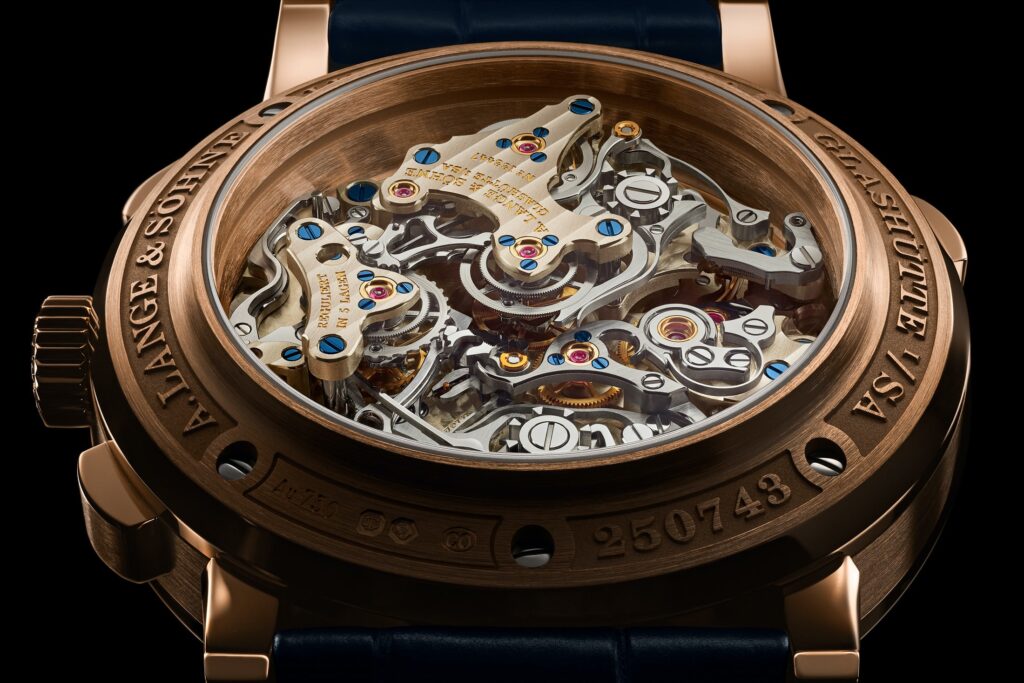
Navigate
Disclaimer
If you want a watch, you should probably buy an Apple Watch. But if you care not for having the most functional thing you can conceivably wear on your wrist, then you’re in the right place! However, I must warn you that “interest in watches” engenders “watch enthusiasm” which quickly turns pathologic. The pathophysiology of this malady has been well elucidated, its etiologies diversely documented, and its epidemiology well understood. Clinical analogies aside, the aim of this guide is to provide the reader with a launch pad into the world of horology (watchmaking), such that they leave with a basic understanding and framework of what a watch is, what options are out there, and how to make that first purchase.
With that, let us execute this program —
A Brief History of Time(keeping)
Coming soon (don’t sue me trust of Stephen Hawking).
Can a guide to timepieces have a more fitting introduction than a discussion of time itself? I think not.
So, what is Time?
The Basics
Types of Watches
There are, essentially, 2 types of watches: Quartz (battery-powered) and Mechanical (powers itself). There are hybrids and weird ones, but those aren’t really pertinent. Mechanical watches further subdivide into:
- Manual: You have to wind up the watch like an old radio or music box
- Automatic: has a rotor that winds the watch as you move (as pictured in the picture below)
The important thing to keep in mind for our purposes is that watches either have a battery or do not.

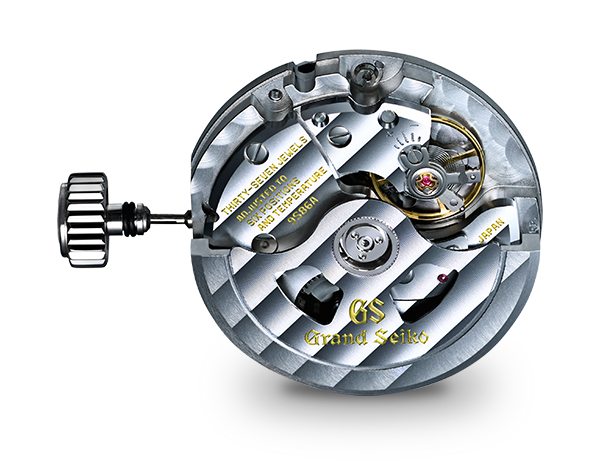
(I used Grand Seiko examples because I’m a fan)
Pros & Cons of Mechanical and Quartz Timepieces
| Type | Pros | Cons |
|---|---|---|
| Quartz | – Unparalleled Accuracy/Precision – Cheap – No maintenance other than infrequent battery changes – Can be very thin | N/A |
| Mechanical | – Powers itself | – Not as accurate as quartz – Requires service – Generally more expensive – Needs to be wound constantly – More delicate – Usually thicker/bigger |
Considering the list above, I think now is an apt time to bring up the Quartz Crisis of the 1970s. In 1969, Seiko released the world’s first quartz watch, and soon other manufacturers followed. The quartz movement watch was highly accurate and was available at a draw-droppingly low cost relative to its mechanical counterpart (Girard-Perregaux advertised accuracy within about 0.164 seconds per day, something mechanical watches could not even dream of). However, despite the promise of quartz, the Swiss were reluctant to embrace it for a variety of factors–including national identity–and were almost ruined by it. Up until the introduction and popularization of quartz timekeeping, the Swiss, who controlled about 50% of the watch industry at that time, possessed an effective monopoly on the market. By the 1980s, Everyone thought mechanical watchmaking was over, and many Swiss watchmakers either collapsed or quickly shifted to producing these battery-powered timepieces. As you can see, there aren’t really any drawbacks technically speaking, so the mechanical watch’s persistence is simply a testament to humanity’s appreciation for craftsmanship and pure mechanical beauty, in my humble opinion.
Summary
- Some watches are powered by batteries, some are not
- Watches can have a lot of different functions other than telling the time (called complications) that often inform how they are styled/look
- If you only want to tell the time, and do it well, buy a Quartz watch
Short Glossary of Terms (Watch Lingo)
Not comprehensive, but largely what you really need to know. I may turn this into a small gallery of photos eventually:
- Horology: the science of measuring time
- Complication: Anything a watch does other than tell time
- Crystal: the glass of the watch
- Water resistance: how deep in water you can go with a watch before the risk of damage
- Dial/Face: The first thing you see when you see a watch–the central part of a watch on which all the time-telling parts rest (e.g. white, black, blue, etc.)
- Bezel: The ring around the crystal of the watch that holds the glass or crystal in place, and sometimes features a complication (think: dive watch 60 minutes indicator)
- Case: holds the watch movement and everything inside the watch
- Crown: A button, usually on the side of the watch, used for adjusting time and other functions of the watch
- Movement: The engine that powers a watch
- Band: Informal term for a watch bracelet or strap
- Index (Indices)/Hour markers: The time indicators (Roman numerals, Arabic numerals, polished rectangles, etc.)
- Lugs: The top and bottom projections of the watch case in which the band is inserted.
- Gray Market: Unauthorized seller of new watches (usually at nicer prices, but lack official warranty)
- Subdial: A smaller window on the face/dial of a watch that has a secondary function (think: chronograph circles)
- Date window: The box you see the date through on a watch
- BPM: the frequency at which the watch oscillates
- Bracelet: Metallic watch band
- Strap: non-metal watch band
- Lume: The luminescence of the watch (chemical or digital)
Styles/Categories of Watches
Let’s not pretend this list is exhaustive, but it is quite comprehensive. Here is an overview of the most popular high-level categories of timepieces as I see them.
- Diver Watch
- Chronograph
- Field Watch
- GMT (Traveller’s Watch)
- Dress
- Pilot’s Watch
- Vintage
Divers

Kicking us off is the diver’s watch–arguably the most well-recognized watch style in modern times next to the Chronograph (discussed in the next category). Dive watches were historically used during deepsea diving, owning the critical charge of tracking how long someone has been underwater, allowing divers to quickly know how much oxygen-time they have left.
The Rolex dive watch, the Submariner (pictured in the middle), is perhaps the most recognizable watch in modern times. Since its introduction in 1954, it has in many senses set the standard for how a dive watch ought to be designed for modern times–possessing an influence quite pronounced throughout the entire watch industry.
Highlights of a Typical Dive Watch
- High water resistance (≥200 m / 650 ft)
- Robust/rugged construction (Stainless steel usually)
- Dynamic use cases (Can go from the pool to the boardroom)
- Rotating bezel with 60 minutes tracker
Chronograph

Watches that double as a stop-watch. That’s it. That defines the category, and everything else is an add-on. These pieces were meant for precision timing (think racing, scientific experiments, etc). The legendary Omega Speedmaster, the first watch worn on the moon, was a chronograph, and it was critical in helping astronauts on Apollo 13 return home.
Highlights of a Typical Chronograph
- Tachymeter Bezel (usually used to measure kph/mph)
- Sporty and versatile
- Bicompax or Tricompax (has 2 or 3 subdials)
- Has usually 2 “pushers” the controls for the chronograph
- Water resistance typically of 50-100m (150 – 300 ft)
Recommended Brands: TBD
Field Watch

Field watches are purpose-driven. They derive from the war-era timepieces of soldiers during the world wars and beyond. They vary in design and details and are known for their clean, extremely legible dials with few superfluous details. They are small, lightweight, robust, and get the job done without being a burden–as a soldier would love.
Recommended Brands: TBD
GMT (Traveller’s Watch)
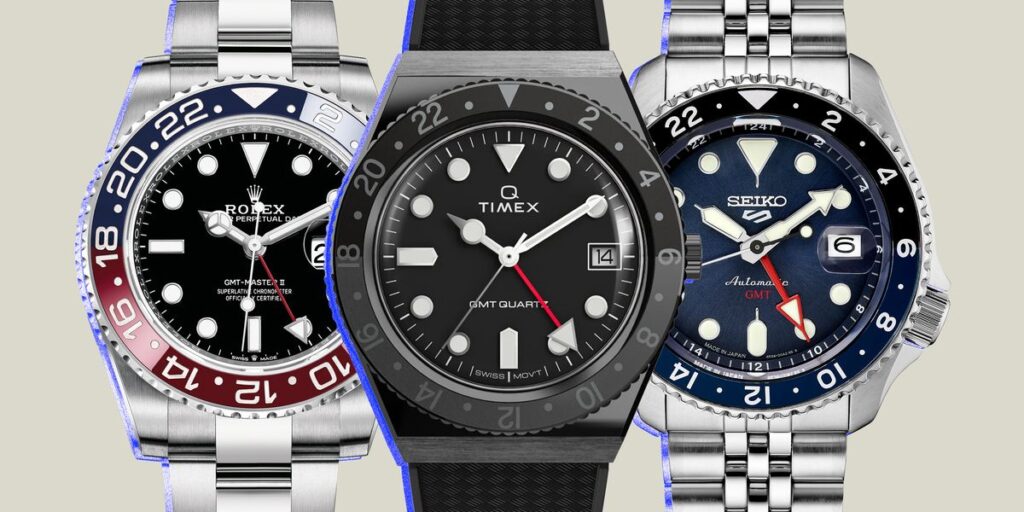
The GMT watch, named after “Greenwich Mean Time” as you probably surmised, allows the wearer to track 2 or more timezones simultaneously. This functionality ranks it among the more “useful” watches, but let’s be real: an iPhone is infinitely better, let alone even needing a smart watch or watch at all. It is very cool, however, and one of my personal favorite complications.
Highlights of a Typical GMT Watch
- Usually high Water resistance (WR)
- Legible
- Has a “4th hand” that tracks the hour of another timezone
- Available in multiple styles of the watches seen in this guide
Recommended Brands: TBD
Dress

This is literally a watch for dressing up. Technically, anything can count these days if you’re bold enough (people where the Rolex Submariner with a tux), but the styles above tend to typically fall into the category of traditional dress watches.
Highlights of a Typical Dress Watch
- Traditional Colors
- Gold, Steel, or Platinum
- More traditional diminutive sizing
- Minimal complications
Recommended Brands: TBD
Pilot’s Watch
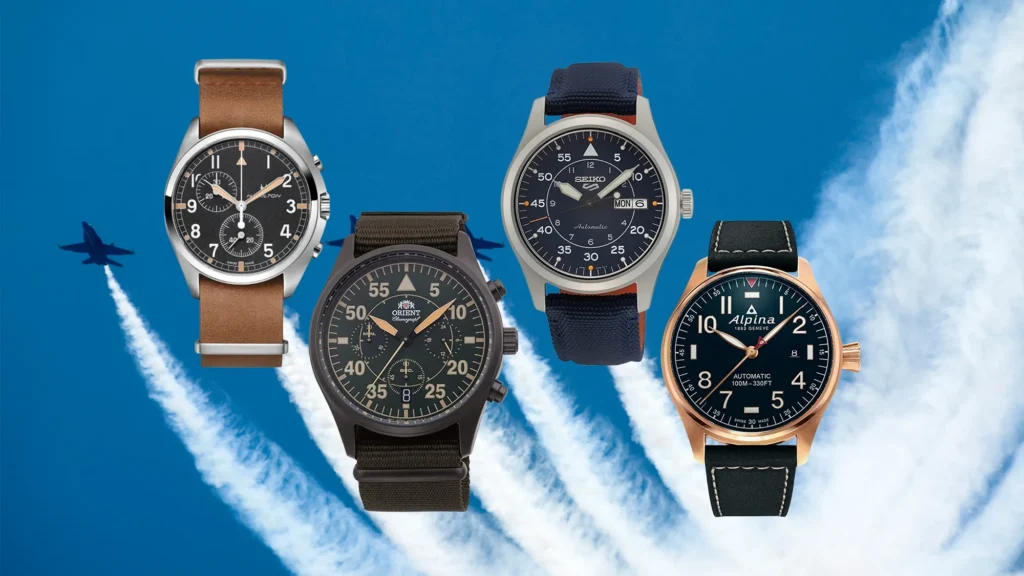
Pilot watches emerged as a way for pilots to reliably tell time in an aircraft cockpit or make complex calculations before the advent of computers, radar, or GPS. Interestingly, the first men’s wristwatch was a pilot watch, designed by Louis Cartier for Alberto Santos Dumont, the Brazilian aviation pioneer. There are different styles of Pilot’s watches, but the most dominant was the “Flieger” watch (German for “flyer”/”pilot”) as seen in the images above. The Breitling Navitimer is also an iconic design, however, and my preferred iteration of the category.
Highlights of a Typical Pilot Watch
- Very easy to read
- Include useful complications for navigating
Recommended Brands: TBD
Vintage
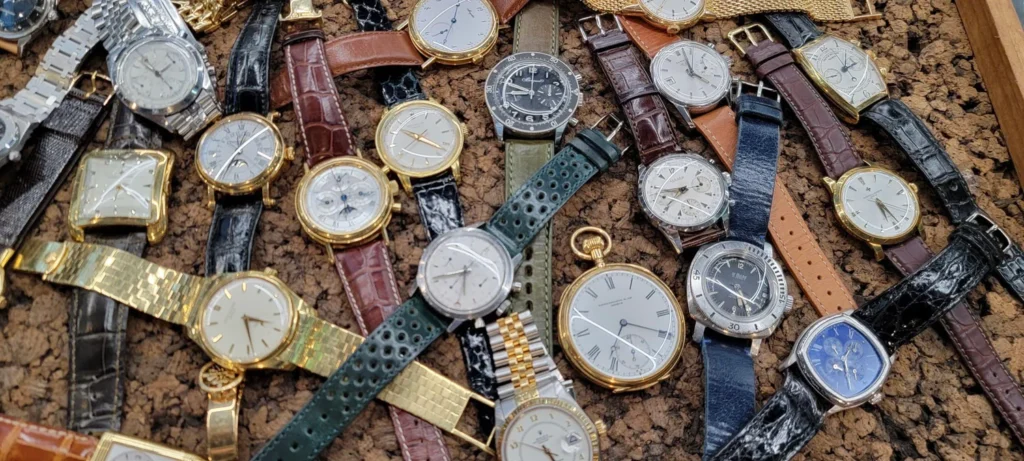
“Vintage,” an ever-unclear term, generally refers to significantly older watches that are out of production, maintain style elements of a bygone era (until it invariably comes back in fashion), and perhaps possess historical value or antique appeal. Vintage watches are an unexplored frontier for me, but there is a deep market for these watches. My superficial advice would be to not expect reliability ab initio, and if you actually care about telling the time (shocking), seek out a trusted watchmaker.
Pricing Expectations: Ranges from dirt cheap (found in your backyard with a metal detector) to ungodly sums ($$$$$$$) that would make even Veblen’s eyes water.
The 3 Questions to Ask Before Buying a Watch (Yahya Edition)

The following is a purely subjective framework for approaching the purchase of a watch. Nonetheless, I pray it is of some minimal use to the reader.
There are three (3) questions that guide my pursuit of timepieces, ceteris paribus. A notable exception for myself, and I’d hope for the reader as well, is the organic discovery of a timepiece that simply transfixes, mesmerizes, and perhaps hypnotizes oneself. It could be the watch’s unique color, construction, or pure vibes. In other words, you can’t help but be drawn to it. In such cases, this pretentious mumbo-jumbo goes out of the window.
So, in no particular order, let’s begin:
Q1: How will I use this watch?
When buying a watch, I always think: “When or how am I going to use this?” Below, I’ve distilled the myriad use cases of a watch into 3 broad categories, each containing the key requirements I demand for each use case:
- Everyday watch (go anywhere, do anything)
- Water resistance:
- at least 50m water resistance (so you don’t worry about water)
- Construction:
- Steel case
- Usually minimal high polish (mirror finish)
- Silicone or steel band (leather last option) (keep in mind you can always switch between any kind of strap for most watches)
- Dial Color: I think black, green, blue, or white is best (can go with anything)
- Other: I tend to like an interesting dial design/pattern
- Water resistance:
- Dress watch (special occasions or more classy engagements)
- Water resistance: Frankly, irrelevant.
- Construction:
- Steel (silver, PVD rose gold, or PVD gold) case
- A leather strap, but a steel bracelet can also work depending on the style of the watch.
- Some people like wearing sports watches too now for formal occasions (think: Rolex Submariner, Cartier Santos).
- Dial Color: Black or white typically
- Other: Minimal complications preferred, strong bias for Moon phases
- Sport watch (this is usually the #1 option for an everyday watch unless you prefer a more elegant style, but there are tons of sporty-dress hybrids)
- Water resistance: at least 100m (you can dive with it)
- Construction: Steel (any color is fine)
- Dial Color: Everything
- Other: N/A
Q2: Desired Style?
The second thing I consider is the style I want + complications (like a chronograph, moon phase, etc). These were covered above, but here are some examples:
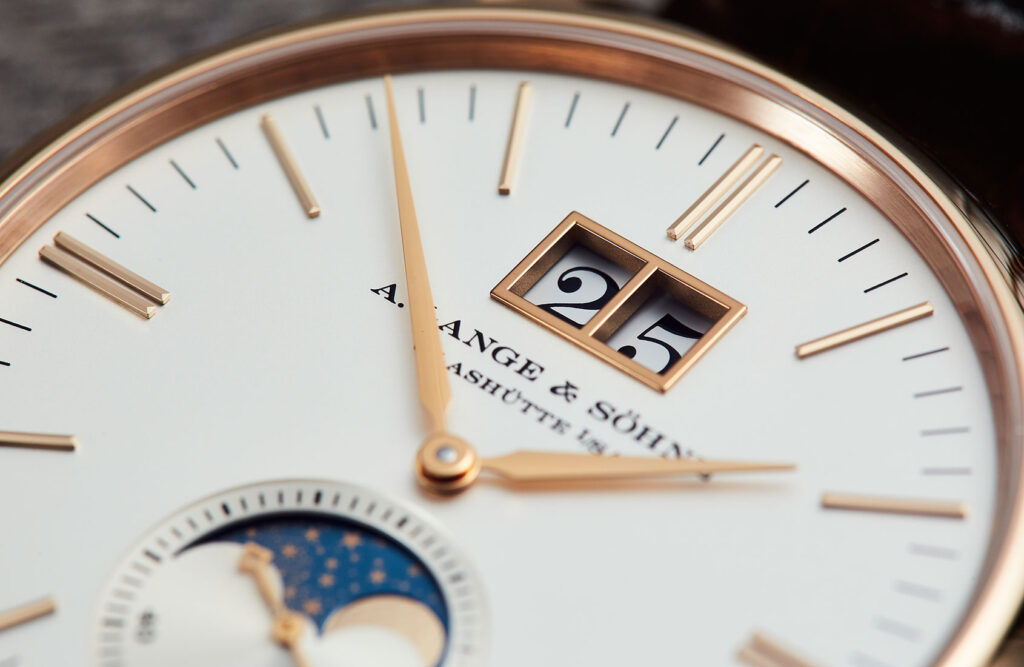

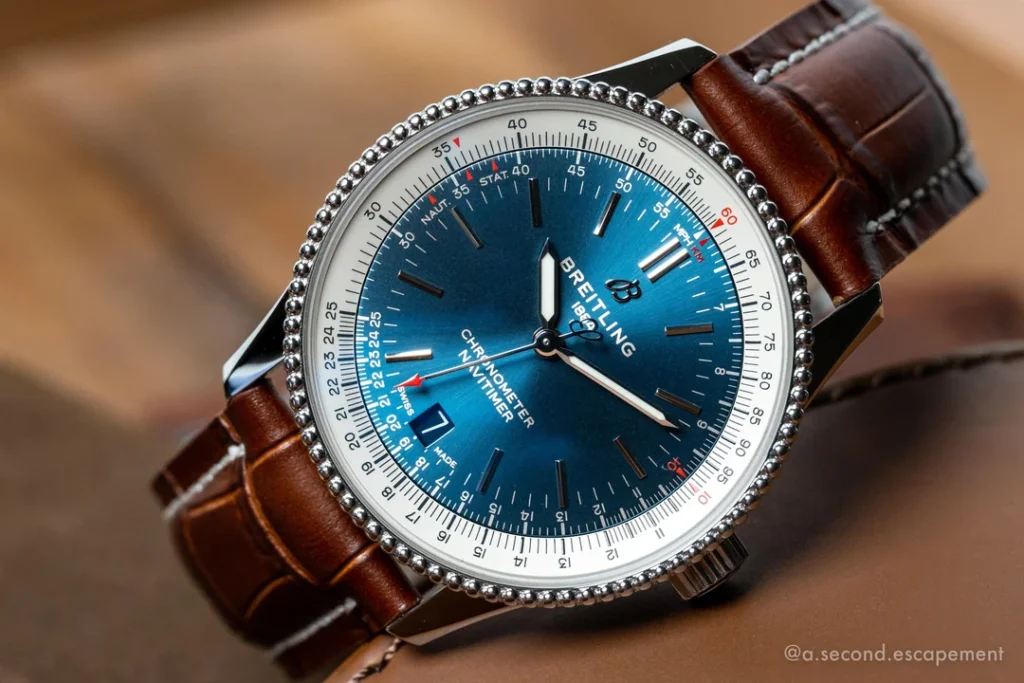
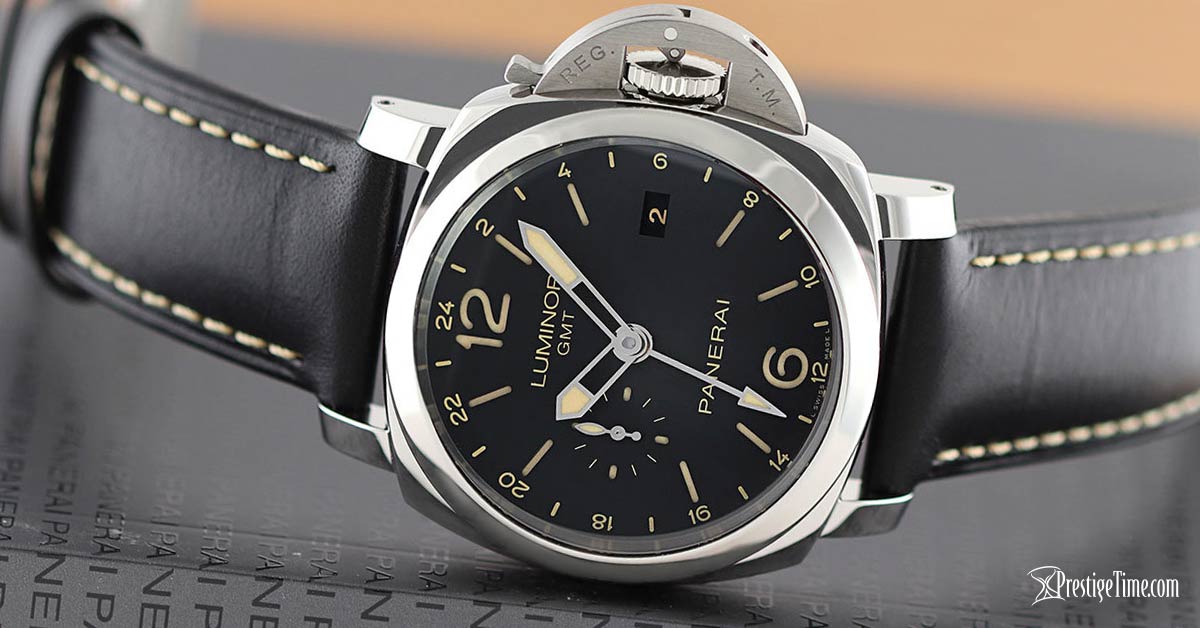
Q3: Quartz or Mechanical?
Finally, I consider how the watch is powered. By now you know the only choices are Mechanical or Quartz (barring some weird ones).
Here are some reasons I would choose Quartz or Mechanical, but this is purely opinion (then gain everything in this article pretty much is):
| Mechanical | Quartz |
|---|---|
| – I want an open case back (see the movement in all its glory) – I find the engineering remarkable – I just want to know I’m wearing a piece of artistic and engineering craftsmanship | – I’m too lazy to set the time every time my watch dies – I want something I can just pick up anytime and go any place – I want the height of accuracy – The quartz version of the watch i like is way more affordable, and I don’t mind the movement |
So, as you can see, it’s really up to you. There is always something for everyone, but if you’re particular, it takes patience to find a watch you will be truly satisfied with. The goal, in my humble opinion, is to buy watches that make us smile or marvel every time we look at them. And, as with any material possession, we must temper our attachment and take care to not fall into heedless excess. The less we have something, the more we will value it. This brings my guide to watch buying to an end. I hope it was just a tiny bit helpful.
Happy watch hunting!
– Y
Originally published: 11/2023 | Last updated: 03/2025

Leave a Reply